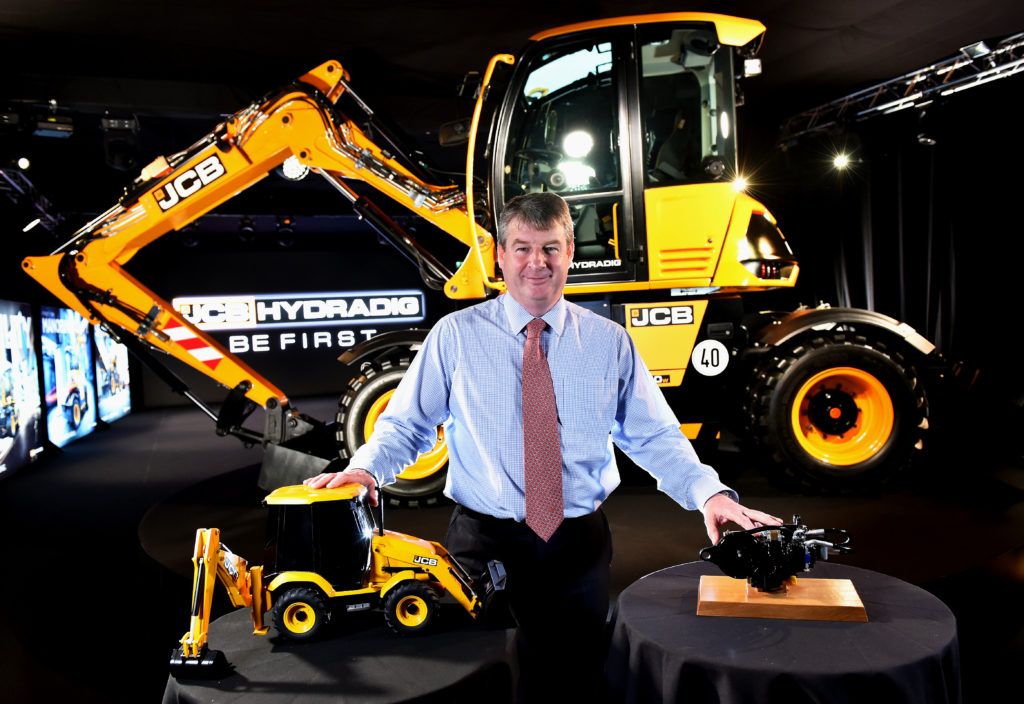Based in China, Maya Xiao is the lead analyst for Interact Analysis’ Li-ion battery and forklift research, also covering markets for industrial and collaborative robots. She predicts an upturn in the fortunes of the forklift market
***
Global forklift sales volumes exceeded two million in 2022, consistent with the forecast we made earlier in the year. Asia Pacific accounted for half of the total sales volume (1.03 million), with China accounting for nearly 40%. The continuing impact of Covid-19 control measures on factory and warehouse automation projects, global economic uncertainty and rising inflation have caused companies to become very cautious when it comes to investment in large-scale automation projects.
At the same time, the forklift market is impacted by supply chain interruptions and raw material/component price rises. The gap between order intake and shipments reached over 370,000 in 2021, with shipments lagging behind. Many 2021 orders were fulfilled in 2022, with others expected to be fulfilled in 2023. As a result, this lag has extended delivery times by up to 23 months.
 ABOVE: The US currently has the longest delivery time due to Toyota’s influence on the forklift market
ABOVE: The US currently has the longest delivery time due to Toyota’s influence on the forklift marketAs the worldwide economy continues to recover from the effects of the COVID-19 pandemic, production of forklifts is struggling to keep up with demand. Globally, rising material and transportation costs, and supply chain disruption are having significant impacts on production and costs. While order growth is strong, delays in the supply of various assembly components have led to longer delivery times and higher costs for most manufacturers. However, if we take a deeper look into how delivery times and price increases have varied by region and by class, there are obvious differences:
The Americas forklift market currently has the longest lead time. This is partly due to Toyota pausing shipments from its local production base in North America in April 2021 because some engine models could not be certified in the United States. Production and shipping stopped completely from June 1st, 2021, which significantly impacted delivery capability in the North American market as Toyota contributes ~1/3 total shipments in the country. At the same time, North America has been strongly affected by rising inflation and international shipping restrictions.
Delivery times are longest for balanced forklift trucks (Class 1/4/5), followed by Class 2 and then Class 3, with the delivery time of Li-ion forklift trucks most affected. The penetration rate of lithium-ion battery models in China fell slightly in 2022, largely due to challenges with battery supply, meaning the delivery period was significantly longer than for lead-acid models. According to our latest research, delivery time for Class 3 Li-ion models in the Chinese market is generally over 6 months, with priority being given to export orders. Conversely, inventory of lead-acid vehicles is relatively high, so the delivery time varies from 3-6 months. Delivery times within the European market are in the median, with warehousing forklifts varying from 6 to 12 months, while the delivery time of some balanced forklift trucks exceeds one year.
 ABOVE: Rising raw material and freight costs have caused global forklift ASPs to soar
ABOVE: Rising raw material and freight costs have caused global forklift ASPs to soarThe price of forklifts varies significantly across the globe. Due to tight global supply chains, soaring logistics costs and raw material prices, component manufacturers are facing substantial cost increases. This impacts on forklift manufacturers and the global market has experienced a wave of price increases, with cost pressures peaking in the second quarter of 2022. Since the second half of the year, supply chain tensions have eased, and the cost of raw materials and freight has dropped significantly.
However, energy prices remain high, and this has resulted in high production costs, especially in Europe. If we segment this into forklift class: classes 1, 4 & 5 have experienced the greatest increase in production costs of 5%-15%, while class 3 costs have risen globally by ~5%. From a regional perspective, prices of forklifts of the same class and tonnage have risen most in North America, followed by Europe and then China. In terms of powertrain, the Li-ion model has experienced the most substantial increase.
In 2022, the global economy and geopolitical climate experienced historic changes. The war in Ukraine, global energy crisis, rising inflation rates and radical interest rate growth in the United States created widespread anxiety and turbulence within global markets.
From the start of 2023, in terms of energy the price of natural gas in Europe has dropped to a new low. The price of metals, oil and other bulk commodities have also fallen sharply over recent months, which will help to alleviate cost pressures on the manufacturing industry. In addition, China’s manufacturing industry is forecast to see performance improve in 2023. Additionally, the rise in labour costs is irreversible. It is therefore our assessment that demand for enterprise automation has only been delayed and the future outlook for the forklift market overall is positive.





